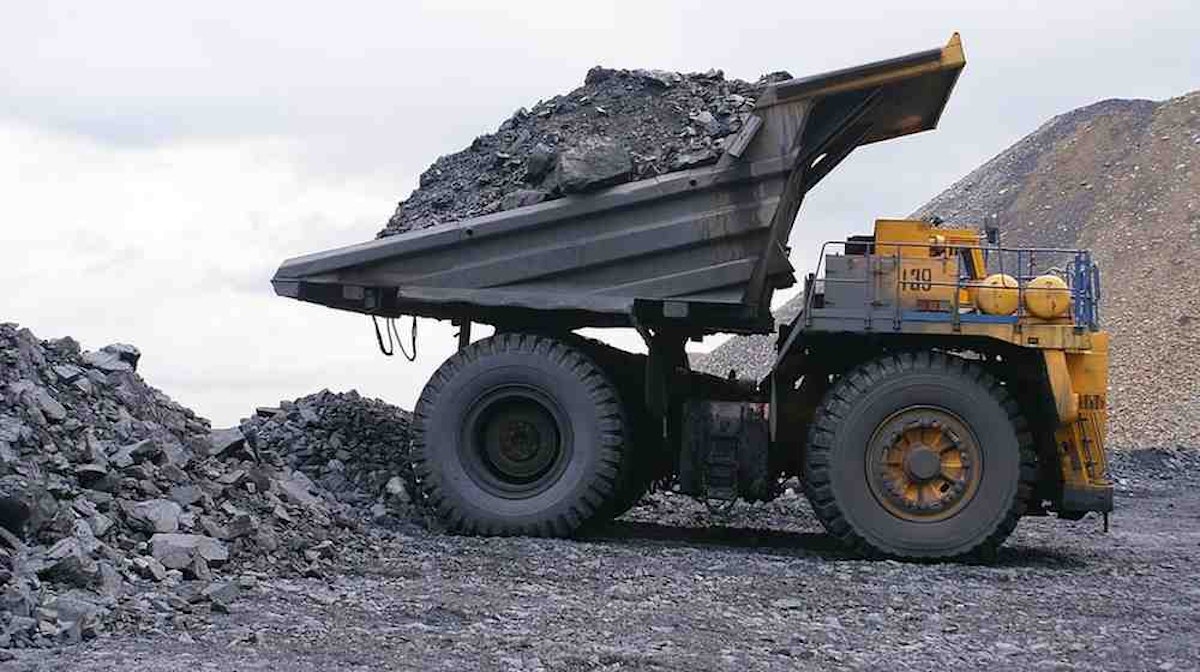Table of contents
Browse categories
Browse authors
 AB
ABAlberto Boffi
 AL
ALAlessia Longo
 AH
AHAl Hoge
 AB
ABAljaž Blažun
 BJ
BJBernard Jerman
 BČ
BČBojan Čontala
 CF
CFCarsten Frederiksen
 CS
CSCarsten Stjernfelt
 DC
DCDaniel Colmenares
 DF
DFDino Florjančič
 EB
EBEmanuele Burgognoni
 EK
EKEva Kalšek
 FB
FBFranck Beranger
 GR
GRGabriele Ribichini
Glacier Chen
 GS
GSGrant Maloy Smith
 HB
HBHelmut Behmüller
 IB
IBIza Burnik
 JO
JOJaka Ogorevc
 JR
JRJake Rosenthal
 JS
JSJernej Sirk
 JM
JMJohn Miller
 KM
KMKarla Yera Morales
 KD
KDKayla Day
 KS
KSKonrad Schweiger
Leslie Wang
 LS
LSLoïc Siret
 LJ
LJLuka Jerman
 MB
MBMarco Behmer
 MR
MRMarco Ribichini
 ML
MLMatic Lebar
 MS
MSMatjaž Strniša
 ME
MEMatthew Engquist
 ME
MEMichael Elmerick
 NP
NPNicolas Phan
 OM
OMOwen Maginity
 PF
PFPatrick Fu
 PR
PRPrimož Rome
 RM
RMRok Mesar
 RS
RSRupert Schwarz
 SA
SASamuele Ardizio
 SK
SKSimon Kodrič
 SG
SGSøren Linnet Gjelstrup
 TH
THThorsten Hartleb
 TV
TVTirin Varghese
 UK
UKUrban Kuhar
Valentino Pagliara
 VS
VSVid Selič
 WK
WKWill Kooiker
Dynamic Brake Testing of Earth-moving Machines

Carsten Frederiksen && Jagannathan Veluchamy (senior manager, Sharath Babu HS, manager) and Gadi Giridhar Kumar (assistant general Manager, BEML Ltd)
Bharat Earth Movers Ltd. (BEML)
November 21, 2024
To minimize risks and prove their “road-worthiness” Earth Moving Loaders undergo quality testing and trials before being inducted at Mining terrains.
A Dewesoft brake test system has helped BEML Ltd. to measure the brake performance parameters and verify them against the test acceptance criteria prescribed by international standards and satisfy the requirements of the Mines regulating Authority in India (DGMS).

The Industrial mining sector contributes 2.49% of India's GDP and the Government of India has done well on the "Ease of doing Business" ranking by allowing Foreign Direct Investments. The Federation of Indian Chambers of Commerce & Industry (FICCI) has identified the mining industry's contribution as one of the key drivers to achieving double-digit growth in India's GDP in the upcoming years.
The rapid expansion in mining exploration and extraction also introduces an alarming concern on the operational safety of mining machinery. BEML is India's largest OEM’s in mining and construction machinery and develops earth-moving machines like:
dozers,
dumpers,
excavators, and
loaders.
Earth moving machinery - regulatory requirements
Earth Moving Loaders typically undergo quality testing and trials before being inducted in service at mining terrains. The Directorate of General Mines Safety (DGMS) of the Indian Government has laid out plenty of norms and regulations to minimize the risk associated with operations of Loader in demanding working environments.
Especially Earth Moving Loaders while maintaining the compliance requirements defined under the DGMS guidelines should also prove their metal in terms of "Roadworthiness” as per the regulations defined in the Central Motor Vehicle Rules (CMVR) Notified by the Government of India. The brake tester system performance of these machines has to be proven for various standards like ISO 3450, IS 16479, and Automotive Industry Standards (AIS 143).
The testing plan for brake performance typically involves the measurement of stopping distance and the machine's ability to hold in the prescribed slope tracks under the influence of parking and service brakes.
Testing methodology
A machine has to be tested for two different conditions:
Dynamic brake test, and
Slope holding.
The equipment is allowed for brake burnishing, which is preparatory work for brake linings and once the test begins, further adjusting of brake lining is not permitted. Initially, the machine is operated at 30 kmph for a period of 10 minutes to warm up the system and is then taken for the test track with the dimensions sketched out in Figure 1.
The test track is hard and clean which should permit the best possible demonstration of brake performance. BEML has the facility to test the machine at various speeds and slopes as determined by ISO standards.
The test track is made up of concrete and the length of the road is approximately 1.4 km long with an end circular section of 32 m diameter to measure the turning radius of the machines.
The initial free stream velocity is defined in ISO 3450, as 80 % of the Maximum Machine speed or 32 km, whichever is greater.
Measurement setup
The test setup consists of the following steps
Preparation of the machine for optimum brake performance by burnishing of brakes.
Force pedal sensor - measures the pedal force/is also used as a brake trigger signal.
DS-VGPS GNSS positioning unit adjacent to the driver - measures vehicle dynamic parameters.
DS-IMU1 Inertial Measurement Unit with Antenna mounting the top of the machine - measures vehicle dynamic parameters.
Configuration of the units to DewesoftX data acquisition software.
Synchronization of Probes with DEWE-43A data acquisition system.
During measurement, the events are recorded with the continuous acquisition of data to capture dynamic parameters like:
displacement,
velocity,
acceleration,
force variation from the pedal sensor.
The stopping distance formula for various earth-moving machines is given in figures 5 & 6. The stopping distance is measured in multiple trials for a free stream machine test speed of 32 kmph, as applicable, within a tolerance of ±2 kmph for each trial.
The steps involved in the operation of dynamic brake measurement are:
Attain a speed of V initial as per test requirements, for the machine under consideration the initial speed to be achieved before the application of the brake is 32 kmph.
Allow full braking (3 trials), once the machine reaches the point, where a signalman is positioned.
Measure the dynamic parameters like displacement, velocity, and acceleration with respect to time.
The test track is 1400 m long and provides ample space for vehicle acceleration to 32 km and for steady speed to be maintained.
In the slope holding test, the machine is taken to the slope area, and the parking and service brakes were tested for the capacity to hold the machine on the prescribed slope. For the conditions, mentioned in the standards:
The service brake has to hold the machine at a 25% slope (14 degrees) without any tire movement.
The parking brake has to hold the machine at a 20% slope (11 degrees) without any tire movement.
Analysis of test parameters
As per the DGMS & CMVR requirements, the earthmoving machinery has to satisfy the requirements mentioned in Figure 5. And 6.
Maximum stopping distance (s) in meters
| Machine types | Service brake | Secondary Brake |
|---|---|---|
| Scrapers, rigid-frame dumpers and articulated frame dumpers with machine test mass < 32000 kg and semi trailed dumpers of any mass | v2/ 44 + 0.1 (32- v) | v2/ 30 + 0.1 (32- v) |
| Scrapers, rigid-frame dumpers and articulated frame dumpers with machine test mass > 32000 kg and semi trailed dumpers of any mass | v2 / (48- 2.6 alpha) | v2 / (34- 2.6 alpha) |
| Rollers | 0. 2 (v+5) + v2/150 | 0. 4 (v+5) + v2/75 |
| All other earth moving machines, including towed trailers with payloads | 0. 2 (v+5) + v2/160 | 0. 2 (v+5) + v2/80 |
| v - initial speed in km/h | ||
| alpha - test slope a percentage between 8% and 10% |
Maximum stopping distance (s) in meters
| Machine types | Service brake | Secondary Brake |
|---|---|---|
| Scrapers, rigid-frame dumpers and articulated frame dumpers with machine test mass < 32000 kg and semi trailed dumpers of any mass | v2/ 44 + 0.1 (32- v) | v2/ 30 + 0.1 (32- v) |
| Scrapers, rigid-frame dumpers and articulated frame dumpers with machine test mass > 32000 kg and semi trailed dumpers of any mass | v2 / (46- 2.6 alpha) | v2 / (34- 2.6 alpha) |
| Rollers | 0. 2 (v+5) + v2/150 | 0. 4 (v+5) + v2/75 |
| All other earth moving machines, including towed trailers with payloads | 0.15 v + v2/13 | 0. 4 (v+5) + v2/80 |
| v - initial speed in km/h | ||
| alpha - test slope a percentage between 8% and 10% |
The Dewesoft Brake test solution was used to calculate the Stopping distance using the vehicle dynamics data recorded through DS-IMU1, and DS-VGPS units.
The Dewesoft Brake test is an all-in-one brake testing solution for testing vehicle brakes and ABS brakes that can also be configured for testing braking comfort and vehicles with regenerative brake systems. It uses a 100 Hz-based GPS/GLONASS or inertial measurement system, to achieve the highest possible accuracy.
Acceptance criteria
From the technical specifications of the Loader machine, the acceptance criteria, for the DGMS and CMVR requirements are listed below.
Solution and conclusion
The stopping distance derived using DewesoftX Software was much below the values required and calculated from the standards ISO 3450 and IS 16479.
Our Dewesoft System facility has helped us measure the brake performance parameters and verify them against the brake test acceptance criteria, per prescribed international standards.
The brake test system satisfies the requirements of both the Directorate of General Mines Safety (DGMS) and the CMVR Rule 96-A Act, which is a binding regulation to prove the "Roadworthiness" of our earth-moving machine.
After the test, the compliance report was generated from measured values in the "Brake performance test" and used as one of the qualifying criteria, to deploy our earthmoving loaders for one of our Coal Mining Customers in India.